Social Good Award
Dearna Smith 3 Kashish Gupta Rory Maddren Zak Alexander Unheard
-
Tauira / Students
Dearna Smith, Kashish Gupta, Rory Maddren, Zak Alexander -
Kaiako / Lecturers
Tammie Leong, Jim Murray, Don Chooi, Jocelyn Janon
-
School
Media Design School
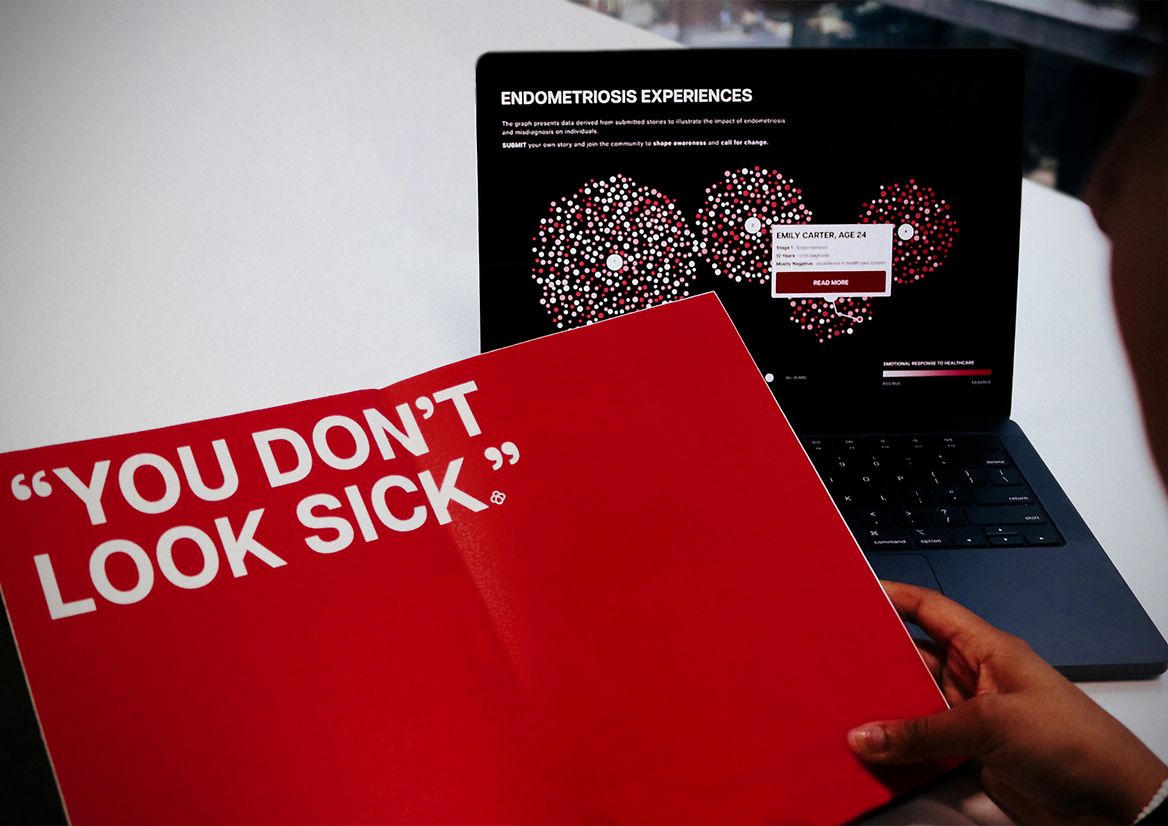
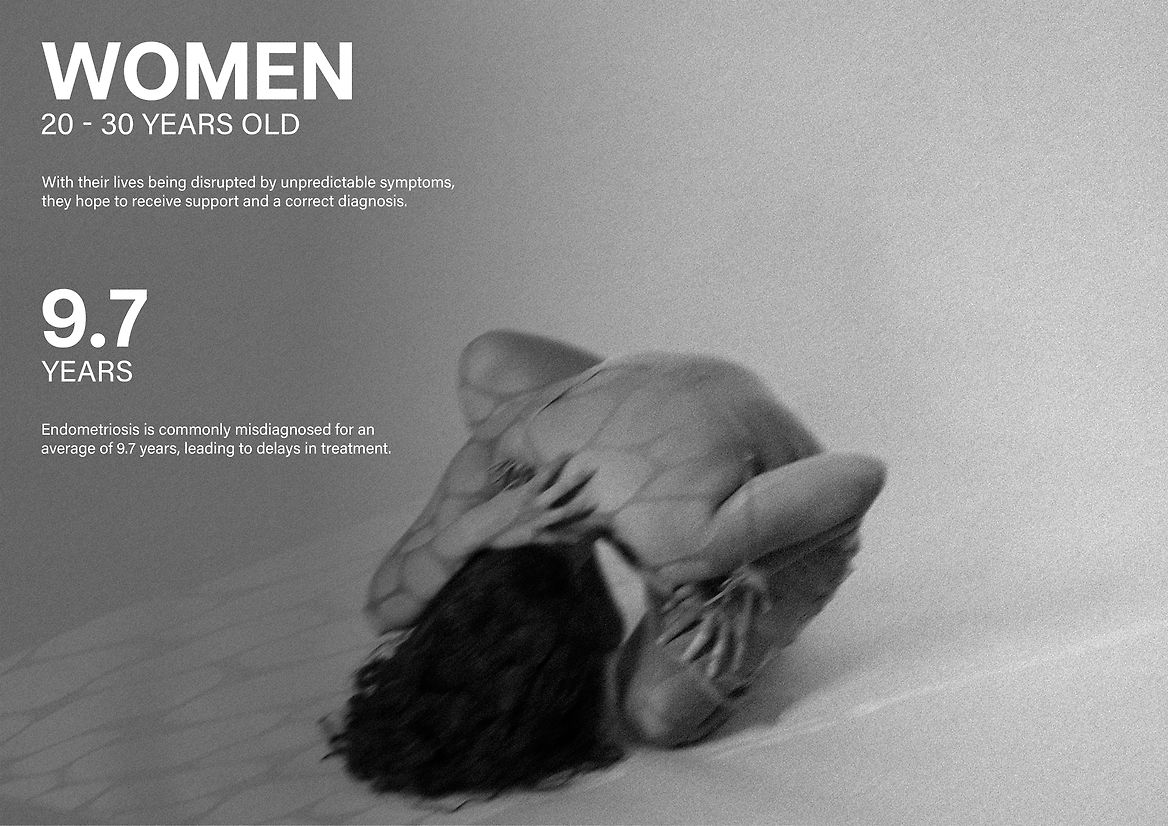
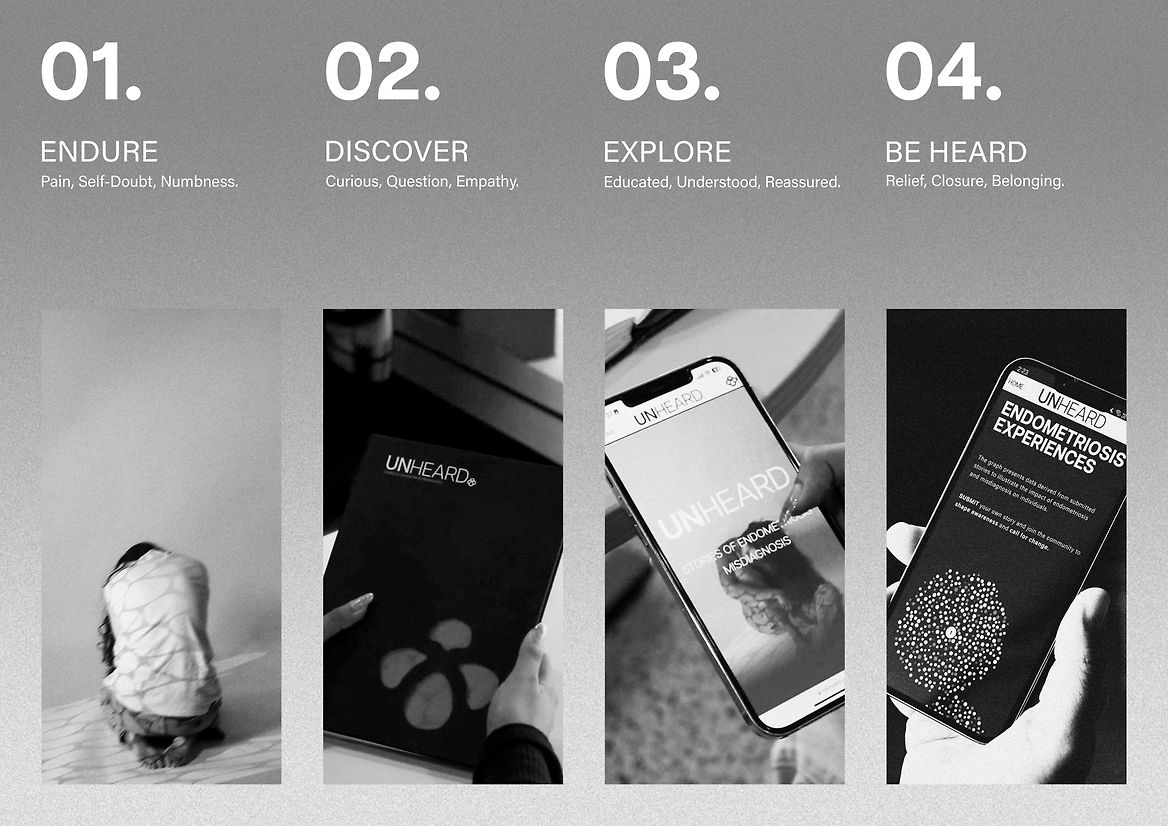
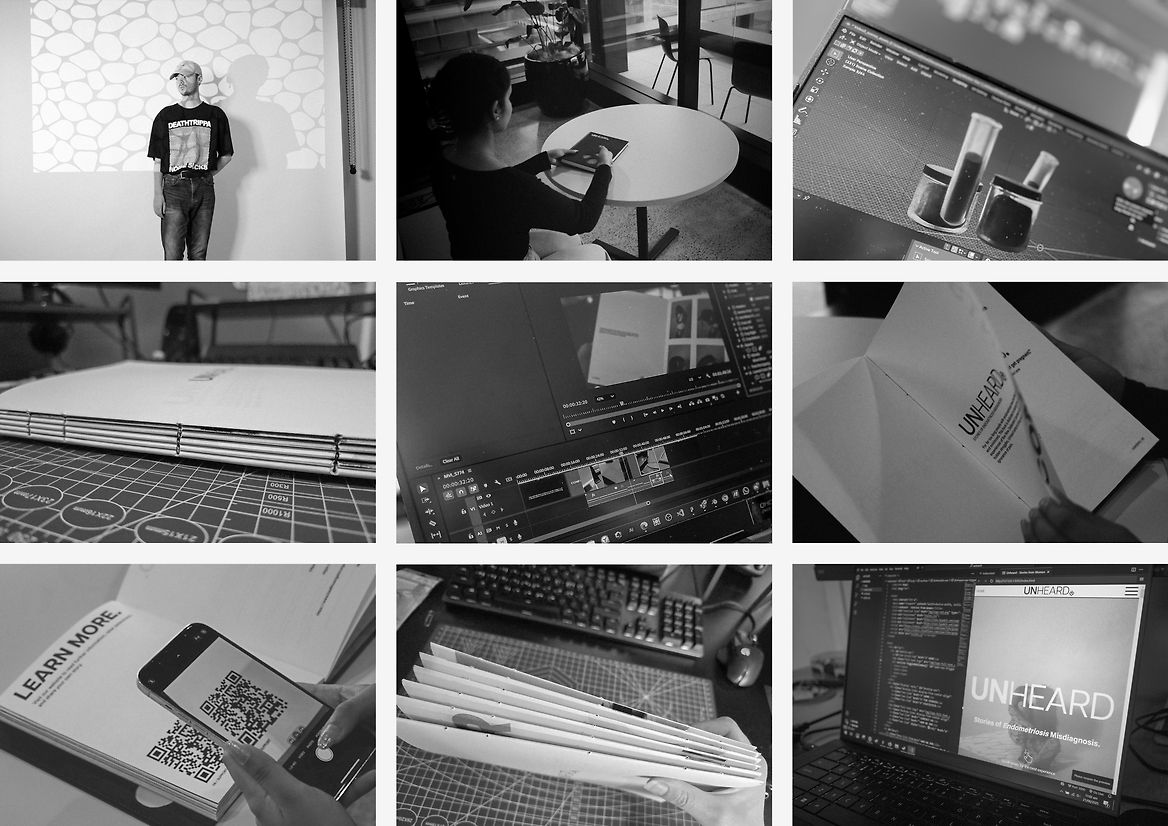
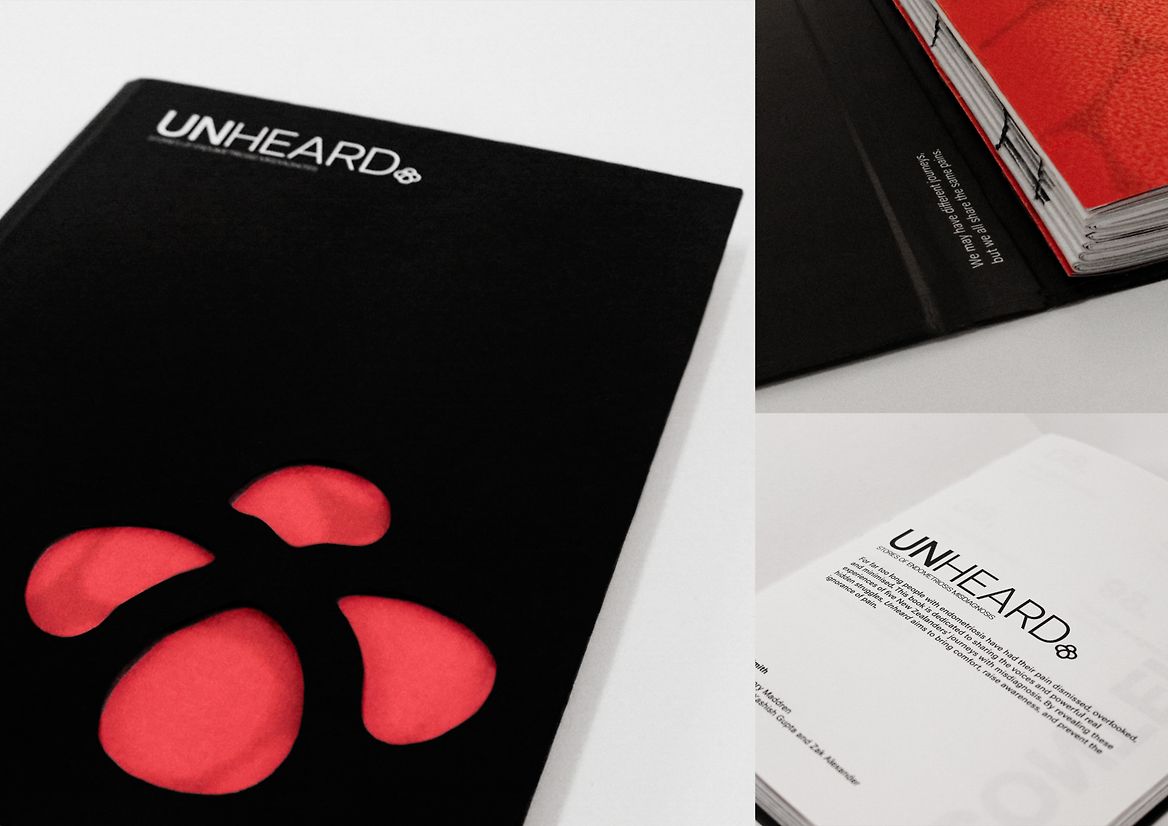
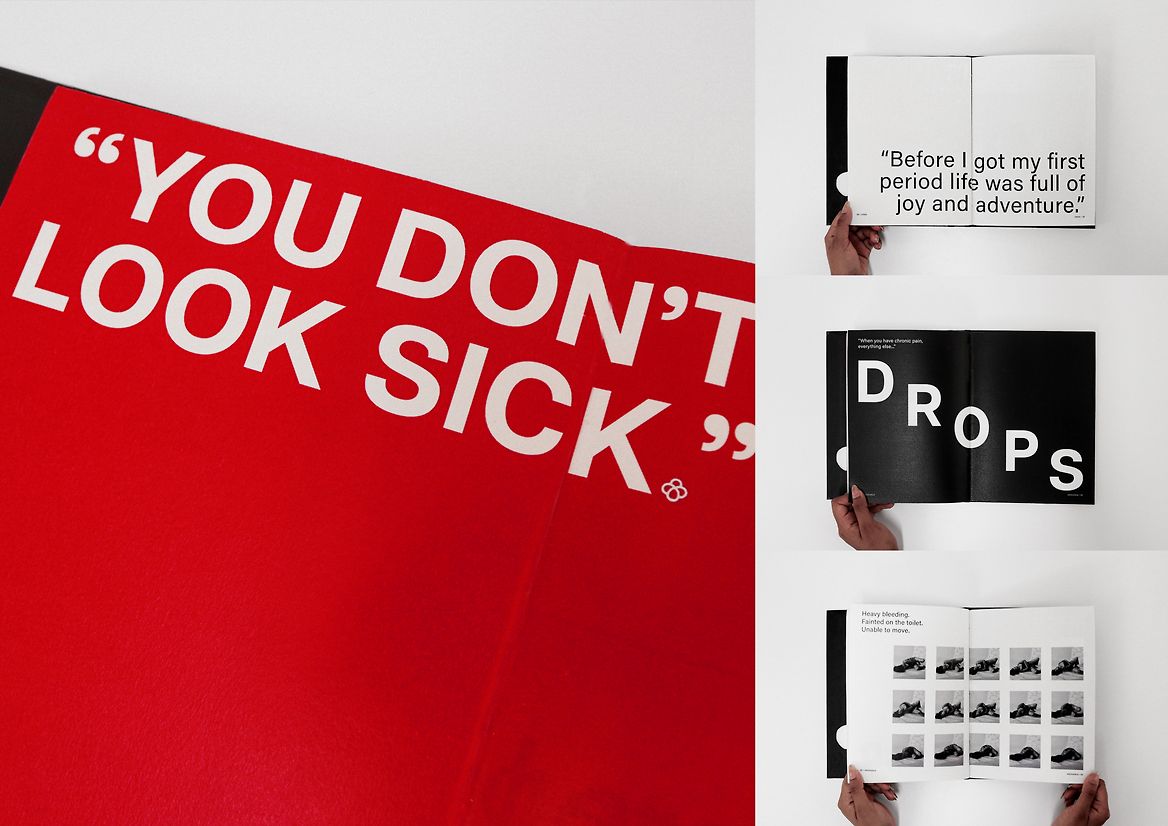
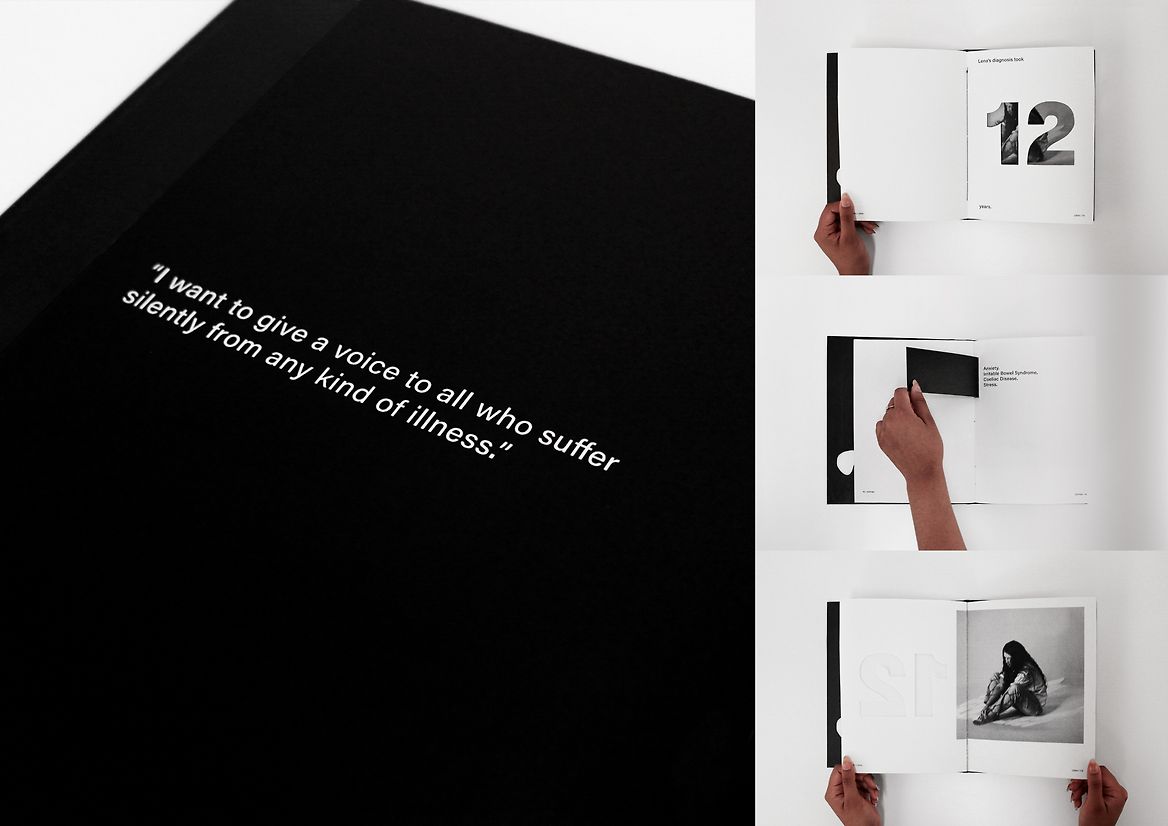
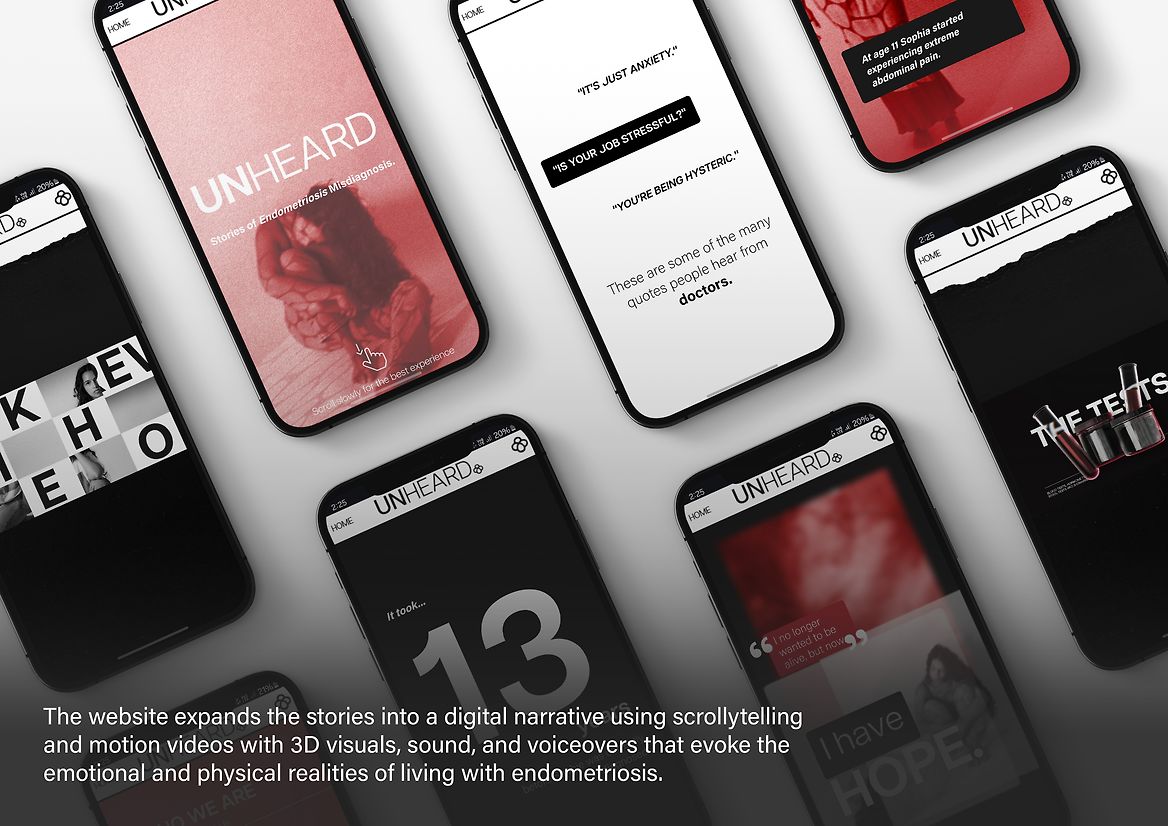
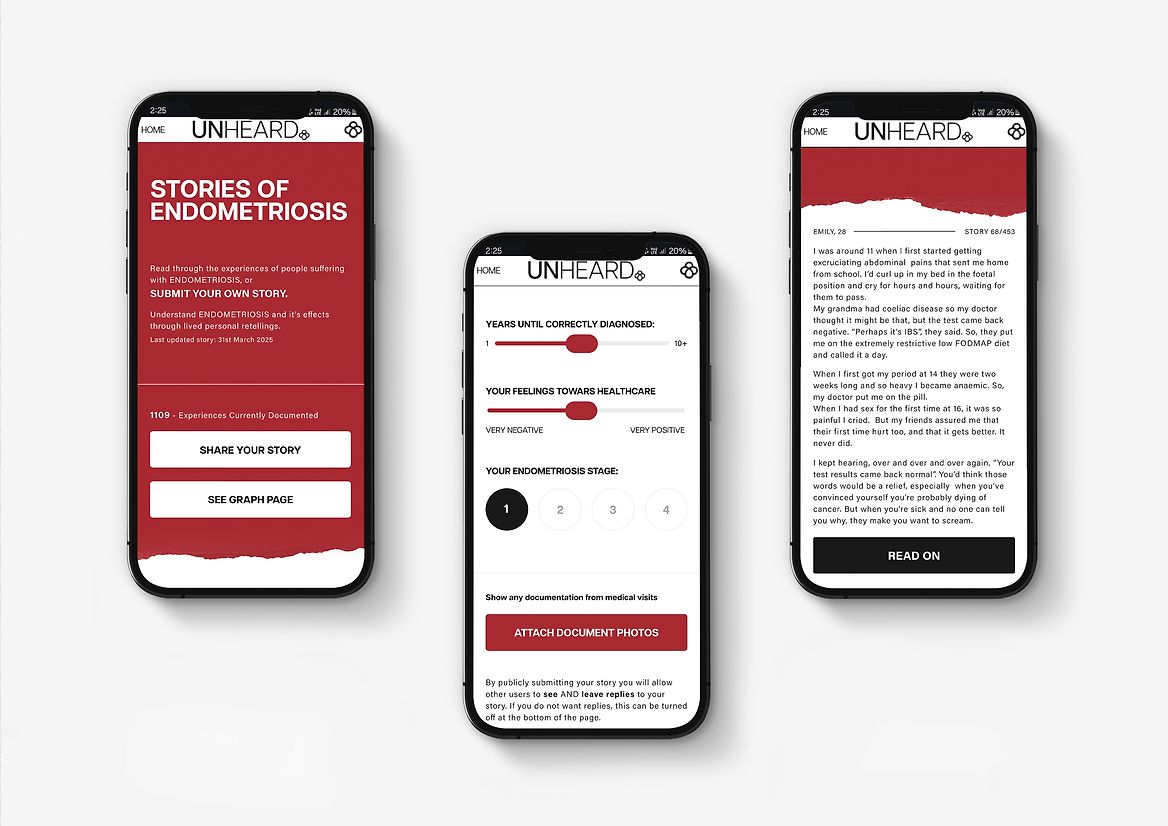
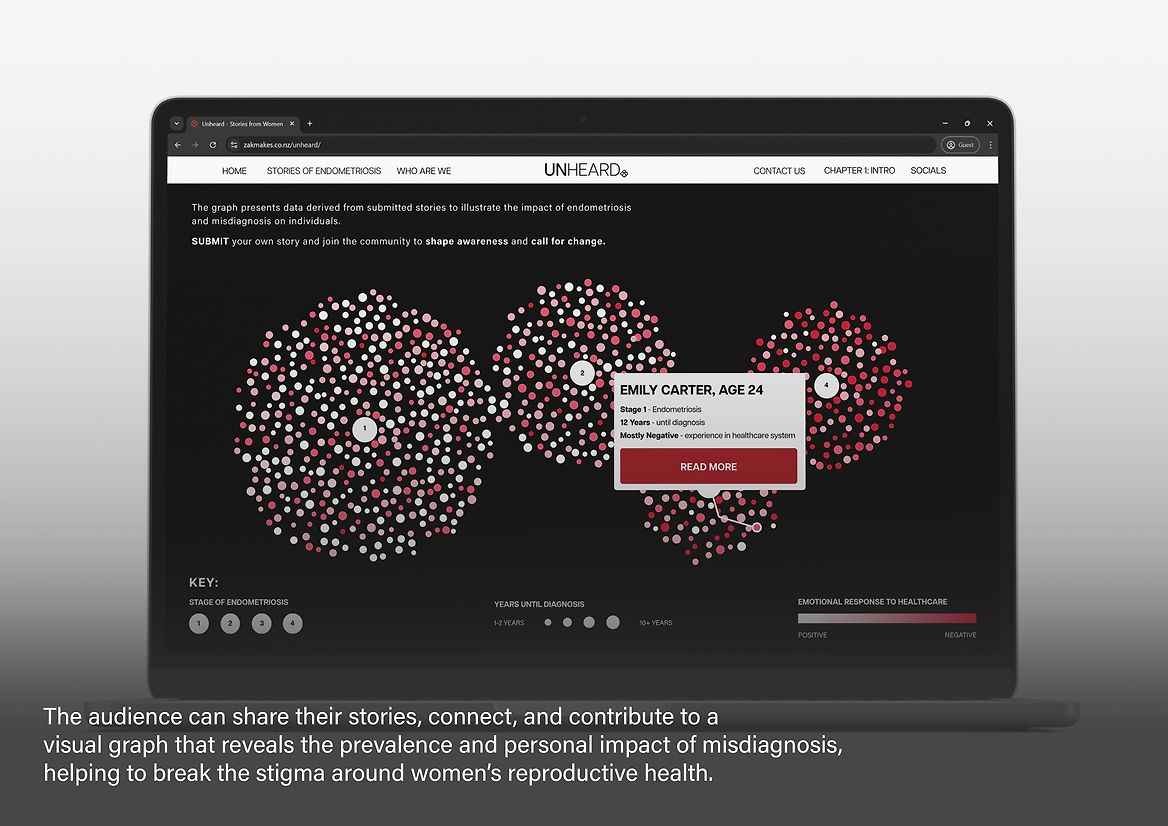
Description:
Endometriosis is an inflammatory disease that occurs when tissue grows, thickens, and sheds outside the womb but cannot exit the body. It affects around 10% of people in their reproductive years and is associated with symptoms such as pelvic pain, period pain, and infertility.
Women with endometriosis are often misdiagnosed due to male-centred and generalised medical research. Facing an average diagnostic delay of 9 years, doctors often minimise women’s pain, leading to reduced trust in medical professionals and mental health issues like anxiety and depression. This highlights the need for a solution where people with endometriosis can have their pain heard while raising awareness.
Unheard delivers a purposefully crafted book and immersive digital experience to help the audience gain validation, visibility, and information.
The book shares real, unfiltered stories from five New Zealanders to empower women to advocate for themselves, pushing for improved healthcare and earlier diagnosis. This is supported digitally through an interactive scrollytelling website, featuring emotive videos and a space to share experiences and connect. The platform serves as an educational tool by equipping women with knowledge to challenge misdiagnosis and as a voice to display their stories through an interactive graph.
The project followed defined visual principles to ensure cohesion and accurately represent the experience of endometriosis misdiagnosis. This included bold typography to confront the issue, emotive colour changes from black to red, sequential photography to depict the progression of pain, and layered blurs, grain, and imagery. Interactive elements such as flaps and cut-outs were used to conceal and reveal content, symbolising the hidden nature of suffering.
The Unheard book progresses through the sections of shocking doctor comments, backstory, misdiagnosis, and diagnosis. This fosters empathy for those who have suffered, raises awareness, and encourages correct diagnosis.
These responses are evoked by metaphorical, monochromatic photography that promotes a stronger understanding of the narratives and raw experiences. The cell-like projections showcase the invisible illness, with blur and grain to emphasise the pain. This is supported by emotional posing and story-driven film language.
The website, accessed through QR codes in the book, serves as a digital and expanded version of the stories to reach a wider audience. It creates an engaging narrative experience through animation and scrollytelling and provides a platform for people with endometriosis to build community.
The scrollytelling section is enriched by motion videos that unfold like visceral dreams, creating an emotional connection with those who have endured daily suffering. Using 3D objects, captivating sound, and voiceovers, these videos are imperative for conveying how the illness journey feels and the severity of the issue.
These elements lead to the #BeHeard call to action. The audience can voice their stories, connect with others, and contribute to the visual data collection. This graph brings attention to how common misdiagnosis is, exposing its impact on individuals, and removing the stigma behind the discussion of women’s reproductive health.
Ultimately, Unheard is a step towards change by raising awareness, sparking conversations, and demanding a future where women’s pain is taken seriously.